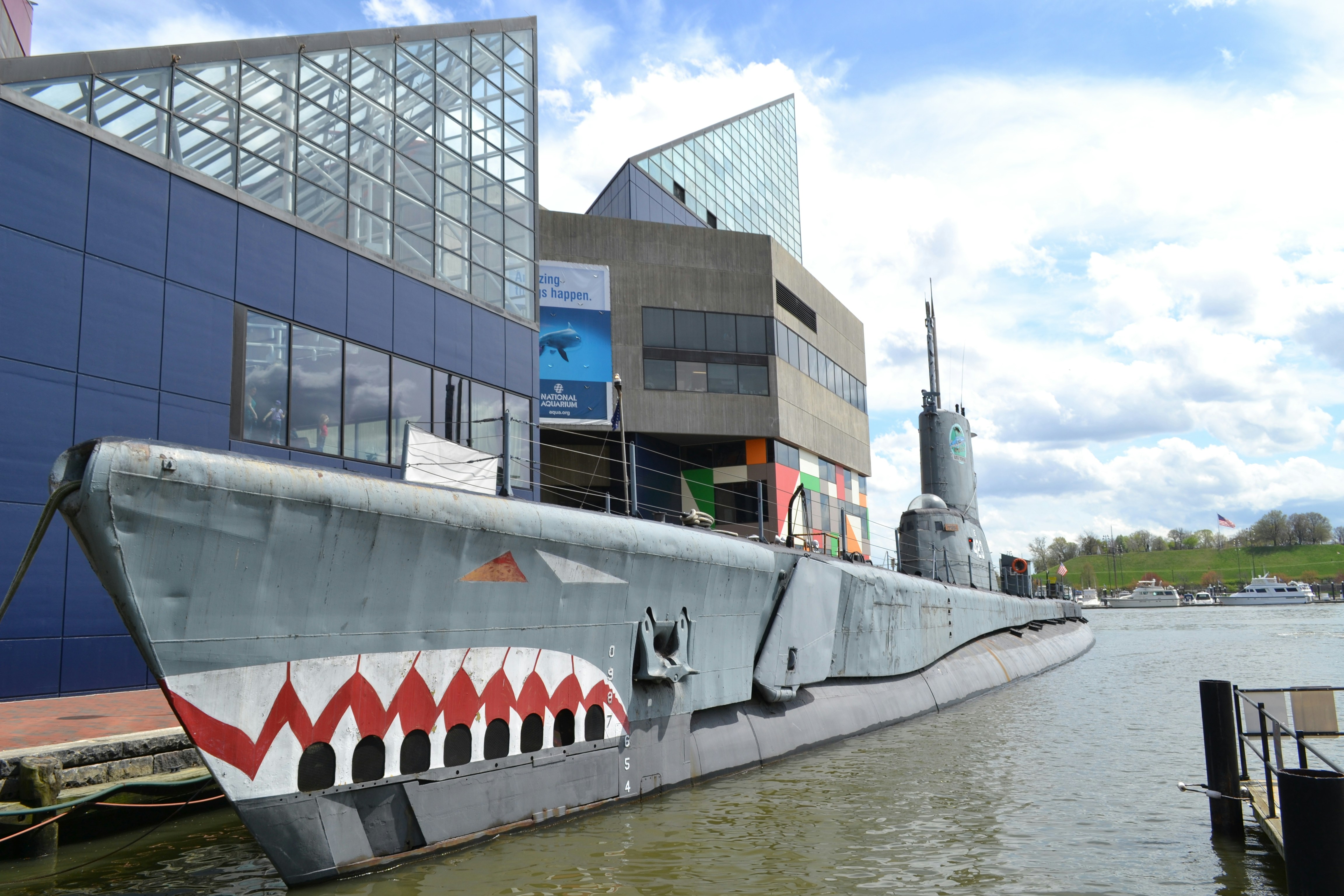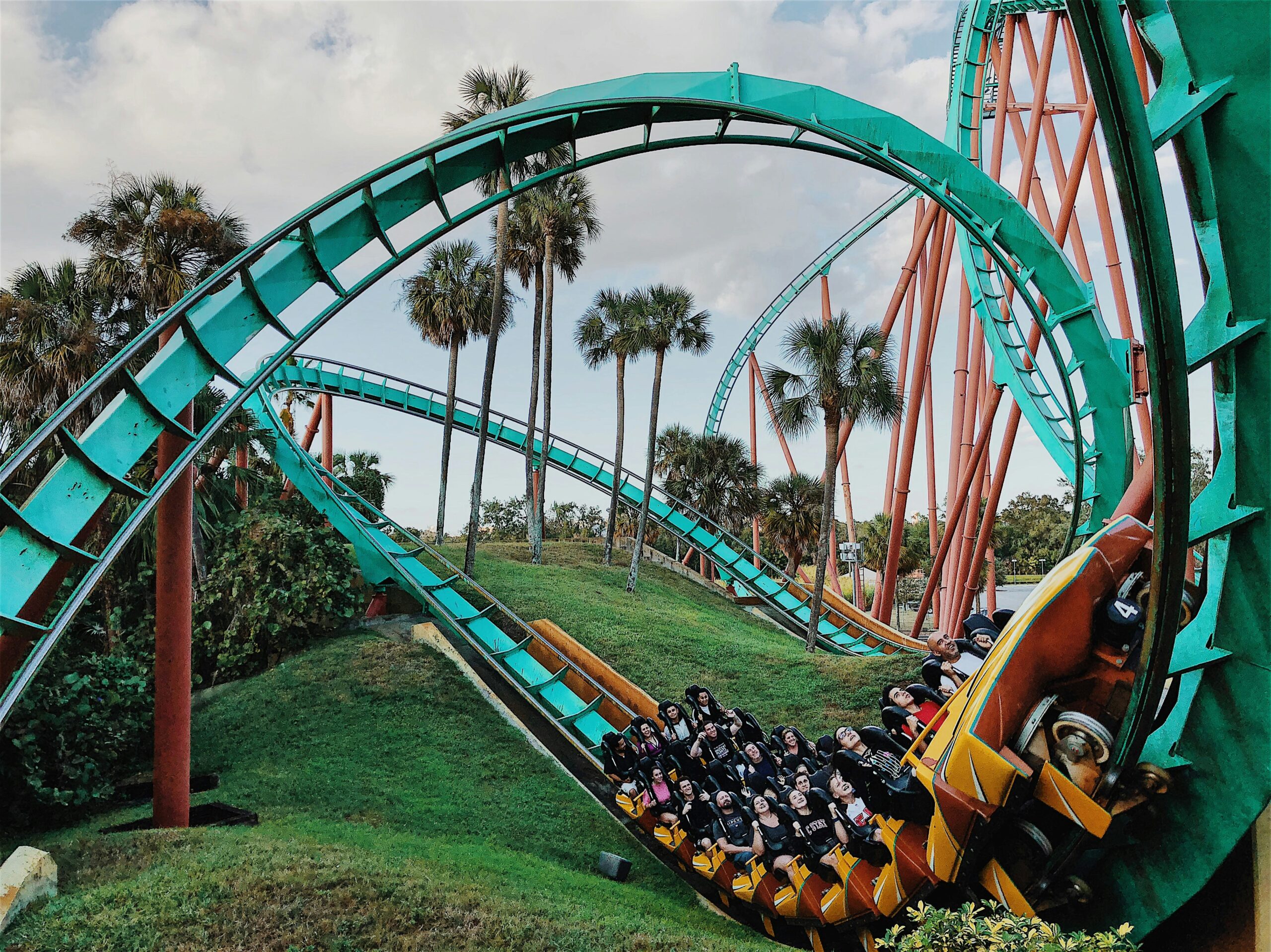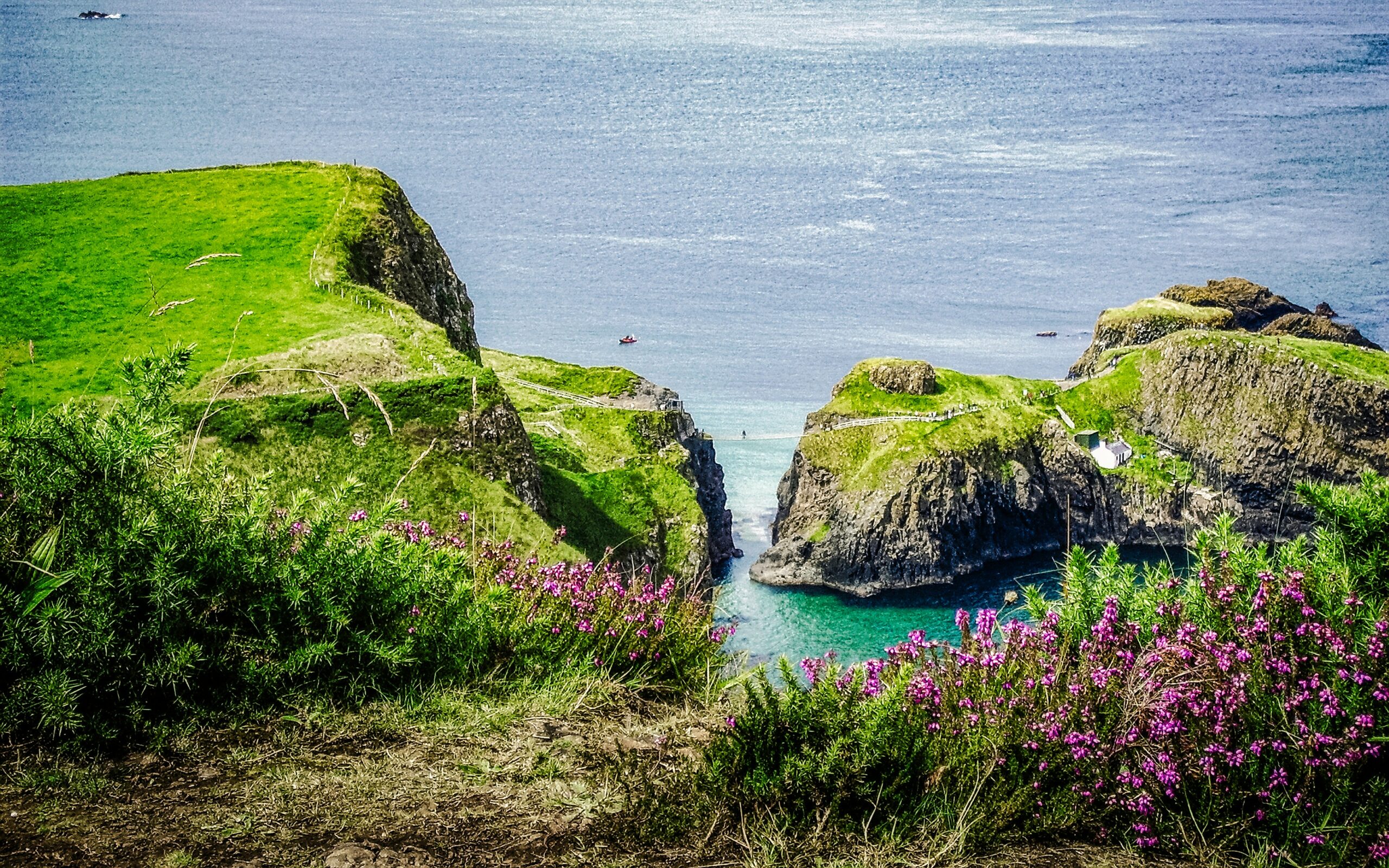
Introduction to the Sindbad Submarine
The Sindbad Tourist Submarine was an innovative vessel designed to enhance the tourism experience in the Red Sea region. By providing passengers with a unique opportunity to explore the vibrant underwater ecosystem without the need for scuba diving, this submarine opened the gates to a world teeming with marine life. Aimed primarily at tourists who may not have the confidence or ability to dive, the Sindbad was engineered to offer a safe and comfortable environment for underwater exploration.
Constructed with state-of-the-art materials and technologies, the submarine was built to withstand the pressure of the deep sea while offering large observation windows to give its occupants an unobstructed view of the colorful corals and various fish species that inhabit the Red Sea. The Sindbad not only catered to adventure-seekers but also provided a family-friendly experience, where children and adults alike could safely observe marine wonders from the comfort of their seats.
The design of the Sindbad was not merely functional; it also emphasized comfort and an immersive experience. With spacious cabins and expertly designed lighting inside, the submarine created a setting that was equally educational and enjoyable. The onboard guides would share insights about the marine environment, making it possible for passengers to leave with both deeper knowledge and lasting memories. The combination of safety, comfort, and educational enrichment made the Sindbad Tourist Submarine a noteworthy addition to Ruby’s tourism offerings in the Red Sea.
Ultimately, the Sindbad Tourist Submarine embodied the perfect blend of adventure and safety, making underwater exploration accessible to a wider audience. Its impact on the tourism landscape in the Red Sea was significant, as it attracted those seeking an unforgettable experience beneath the waves. The submarine’s innovative approach to marine tourism allowed guests to witness the breathtaking beauty of underwater life without the barriers often associated with traditional diving excursions.
The Red Sea: A Unique Marine Destination
The Red Sea, stretching between northeastern Africa and the Arabian Peninsula, presents a unique geographical feature characterized by its remarkable coral reefs and diverse marine life. This body of water, which is approximately 2,300 kilometers long, has long been regarded as a premier tourism hub, particularly for individuals interested in marine exploration and aquatic activities. Its warm, clear waters, with temperatures averaging between 20°C to 30°C throughout the year, create an ideal environment for rich biodiversity.
Home to some of the world’s most stunning coral reefs, the Red Sea is often referred to as a diver’s paradise. The underwater ecosystem supports thousands of species, including vibrant fish, sea turtles, and dolphins, making it an appealing destination for snorkeling and diving enthusiasts. The stark contrast of the deep blue waters against the arid surroundings enhances the allure for tourists. Furthermore, the region’s iconic shipwrecks and diverse marine habitats provide ample opportunities for marine research and recreational activities alike.
In addition to its ecological wonders, the Red Sea plays a pivotal role in Egypt’s tourism economy. Coastal cities like Sharm El Sheikh and Hurghada attract millions of visitors each year, significantly contributing to local businesses and the national economy. Various touristic offerings, including submarine tours like the Sindbad Tourist Submarine, showcase the vibrant underwater world, allowing individuals to conveniently experience its beauty without the need for diving equipment. Such innovations in marine tourism not only bolster recreational opportunities but also maximize the economic benefits derived from the Red Sea’s natural treasures, ensuring that this unique marine destination remains a vital asset for Egypt’s tourism sector.
Overview of Tourist Submarine Operations
Tourist submarines have become a popular means of exploring underwater ecosystems, allowing passengers to witness marine life at depths that typical recreational activities cannot reach. These vessels are designed to operate safely beneath the surface of the sea, offering a unique glimpse into the aquatic world. Equipped with large observation windows, tourist submarines enable passengers to enjoy enchanting views of coral reefs, fish, and underwater topography up close, all while remaining in a safe, controlled environment.
The operations of tourist submarines are governed by stringent safety protocols and regulations to ensure passenger well-being. Companies offering submarine excursions adhere to guidelines set forth by maritime authorities, which cover various aspects of vessel design, crew training, and operational procedures. One crucial element of submarine safety is the rigorous certification process that vessels must undergo before being deemed fit for passenger service. This involves regular inspections and compliance with international safety standards, which helps mitigate risks associated with underwater travel.
Before embarking on a tourist submarine adventure, passengers are typically briefed on safety protocols. This may include instructions on emergency procedures, the importance of remaining seated during the voyage, and how to handle situations should they arise. Additionally, crew members undergo comprehensive training, which equips them with the necessary skills to operate the submarine effectively and respond to emergencies. Training often includes extensive classroom instruction, simulated exercises, and hands-on practice with the vessel, ensuring that the crew is well-prepared for any scenario. These measures contribute to a safe and enjoyable experience for passengers as they explore the captivating mysteries of the ocean.
Details of the Sinking Incident
On a fateful day in late September 2023, the Sindbad Tourist Submarine set out from the shores of Hurghada, Egypt, with an eager group of tourists onboard, seeking an unforgettable underwater adventure in the Red Sea. This submarine, designed for the exploration of marine life, was equipped with safety features, including emergency flotation devices and regular safety drills conducted for passengers. Yet, on that day, less than an hour into the voyage, disaster struck. Eyewitnesses reported a sudden, violent shake as the submarine began to take on water unexpectedly. Passengers, initially in a state of awe at the underwater scenery, were swiftly transformed into alarmed individuals as they realized that the situation was grave.
The crew attempted to reassure the tourists and enacted the emergency protocols that had been drilled multiple times. However, the urgency of the situation escalated as the submarine started descending deeper into the ocean. Panic ensued among the passengers as water levels began to rise within the confines of the vessel, leading to a chaotic atmosphere. Some managed to reach their life jackets, while others struggled to understand the rapidly unfolding situation. Despite the crew’s immediate actions to stabilize the vessel, the atmosphere in the submarine shifted dramatically as anxiety transformed into fear.
Within minutes, local emergency services received distress signals, prompting a swift response from naval authorities. Rescue boats raced towards the reported location, showcasing the pre-established maritime safety protocols aimed at safeguarding tourists. While the situation remained critical inside the submarine, rescuers worked to establish communication and assess the viability of a rescue operation. Subsequent investigations unveiled the severity of the incident, marking it as a tragic chapter in the tourism of the Red Sea. The aftermath saw a collective mourning for the lives lost, alongside a critical evaluation of safety regulations surrounding underwater tourism activities.
Impact on Tourists and Crew
The tragic sinking of the Sindbad Tourist Submarine in the Red Sea not only captured global attention but also underscored the profound human experience of those on board. Witnesses described moments that oscillated between awe and terror as the adventure turned perilous. The submarine, known for its glass-bottom design, had offered tourists a glimpse into the vibrant underwater world. However, the sudden onset of instability during the dive rapidly transformed excitement into panic.
Survivors recounted moments of confusion and fear, as the crew tirelessly worked to maintain calm amidst the chaos. Eyewitness accounts reveal how the crew played a critical role, providing reassurance and guidance while coordinating an emergency ascent. Many passengers reported that the crew’s professionalism and composure helped alleviate some anxiety during the crisis. The atmosphere inside the submarine shifted dramatically, from admiration of marine life to a desperate struggle for safety.
Post-rescue, emotional responses varied among the tourists and crew members. Some expressed profound gratitude for surviving what could have been a catastrophic incident, while others experienced intense survivor’s guilt. The narratives of dwindling oxygen and rising water created not just physical challenges but also psychological ones; individuals bonded over shared experiences, forming emotional connections that extended beyond the immediate rescue.
Moreover, the aftermath of the tragedy highlighted the importance of psychological support for those involved. Many tourists reported seeking counseling to process their trauma, navigating a complex mix of relief and fear associated with their brush with disaster. Crew members, too, faced their own emotional hurdles, grappling with their sense of responsibility towards the passengers. The human element of this tragedy illustrates how events at sea can ripple through lives, leaving lasting impressions long after the waters have calmed.
Investigating the Causes of the Accident
The tragic sinking of the Sindbad Tourist Submarine in the Red Sea brings to light several critical factors that may have contributed to this maritime disaster. A thorough investigation into the causes of the accident reveals a complex interplay of mechanical failures, environmental influences, human error, and regulatory oversight. Each of these elements warrants careful consideration to understand how they collectively led to this unfortunate event.
Mechanical failures are often a primary concern in maritime accidents. Submarines, like any other marine vessels, are susceptible to technical malfunctions that can compromise safety. Factors such as engine failure, hull breaches, and issues with life support systems can prove fatal under the pressures and conditions found underwater. In the Sindbad case, preliminary reports suggested that maintenance protocols may not have been adequately followed, raising questions about the submarine’s operational readiness at the time of the incident.
Environmental influences should also be investigated. The Red Sea is known for its varying conditions, including currents and underwater topography, which may impact navigation and vessel stability. Sudden changes in weather or sea conditions could exacerbate existing vulnerabilities. The diving depth, visibility, and potential for unforeseen obstacles all pose risks that must be managed effectively to ensure passenger safety.
Human error, whether due to inadequate training or poor decision-making, can significantly escalate risks in maritime operations. Crew members must be competent and well-trained to address emergencies promptly, and any lapses in judgment can lead directly to catastrophic outcomes. Furthermore, regulatory oversight is crucial in maintaining safety standards. The effectiveness of inspections and compliance with protocols must be questioned, as any deficiencies in the regulatory framework can create environments where risks are underestimated.
In conclusion, the investigation into the sinking of the Sindbad Tourist Submarine requires a multidisciplinary approach to unravel the intricate causes of this tragedy. Analyzing mechanical issues, environmental challenges, human factors, and regulatory practices can provide valuable lessons and strengthen safety measures for future underwater tourism endeavors.
Reactions from Authorities and the Public
The sinking of the Sindbad Tourist Submarine in the Red Sea prompted a swift and multifaceted response from various authorities and stakeholders. Immediately after the incident, Egyptian authorities convened emergency meetings to address the situation. The Ministry of Tourism and Antiquities issued an official statement expressing condolences to the families affected by the tragedy. They emphasized their commitment to ensuring the safety of marine tourism activities in the region. This statement also highlighted the need for rigorous safety inspections and adherence to regulations aimed at protecting both tourists and the pristine underwater environment that attracts visitors to the Red Sea.
The tourism sector echoed these sentiments, recognizing the risk that such incidents pose to the reputation of the region as a favored destination for underwater exploration. Numerous operators involved in underwater activities promptly reviewed their safety protocols, with some temporarily suspending submarine excursions as a precautionary measure. The industry response reflects a broader commitment to maintaining high safety standards and reassures customers that their well-being remains a priority in underwater tourism.
Public reactions were mixed but largely centered around concern and solidarity. Many locals expressed their sorrow over the tragedy, particularly as it impacted the livelihoods of those involved in tourism. Social media platforms buzzed with sentiment, with calls for more stringent safety measures to prevent future incidents in the underwater tourism sector. Some tourists currently visiting the region shared their concerns, seeking reassurances from operators about their safety while engaging in marine activities.
In summary, the sinking of the Sindbad Tourist Submarine catalyzed significant reactions from officials, the tourism industry, and the public alike. The mutual call for enhanced safety measures underscores the collective aim to preserve the allure of the Red Sea while ensuring the safety of tourists venturing beneath its waves.
Safety Regulations for Submarine Tourism Post-Incident
The sinking of the Sindbad Tourist Submarine in the Red Sea has prompted a critical reevaluation of safety regulations within the submarine tourism sector. Following this tragic incident, both safety organizations and industry stakeholders have engaged in a comprehensive analysis aimed at identifying vulnerabilities in existing protocols. This assessment underscores the urgent need for robust regulatory frameworks that ensure the safety of passengers while enabling the growth of submarine tourism in Egypt.
One of the primary recommendations put forth by safety organizations emphasizes the necessity of regular, rigorous inspection regimes for tourist submarines. It is suggested that submarine operations be subjected to more frequent and detailed safety audits, ensuring compliance with international maritime safety standards. These inspections should encompass structural integrity, emergency equipment functionality, and crew training adequacies. Enhanced training programs for crew members, focusing on emergency response procedures and maintenance practices, are also paramount as they serve as the frontline defense against potential crises.
Following the Sindbad incident, there has been a visible shift in the industry towards adopting advanced technologies for monitoring submarine operations. This includes the implementation of real-time tracking systems and sophisticated underwater communication tools. Such innovations facilitate immediate response capabilities in emergencies, allowing for swift coordination with maritime rescue services. Furthermore, the introduction of stringent licensing requirements for operators aims to uphold a high standard of service, thereby bolstering passenger safety and instilling public confidence in submarine tourism.
In conjunction with these measures, public awareness campaigns are being developed to educate tourists about safety protocols before embarking on underwater excursions. This initiative aims not only to inform passengers of potential risks but also to foster a culture of safety awareness within the submarine tourism framework. By prioritizing these regulatory enhancements, the industry can work towards preventing future incidents and ensuring a safer experience for all who wish to explore the wonders beneath the waves.
Conclusion and Lessons Learned
The sinking of the Sindbad tourist submarine in the Red Sea serves as a poignant reminder of the unique risks associated with underwater tourism. This tragic incident has far-reaching implications not only for the individuals directly affected but also for the entire tourism industry in Egypt, which has long thrived on its natural wonders and marine landscapes. By examining the circumstances surrounding the catastrophe, stakeholders can glean essential lessons aimed at enhancing safety standards and ensuring the resilience of tourist attractions in the face of unforeseen accidents.
First and foremost, the incident underscores the critical importance of strict adherence to safety protocols. Submarine operators and tourism agencies must prioritize rigorous safety inspections, regular maintenance, and thorough training for their staff. It is essential for these operators to not only follow existing regulations but also invest in advanced safety technologies that can mitigate risks associated with underwater excursions. Ensuring that all personnel are adequately trained to handle emergencies is equally vital in preparing for unforeseen situations.
Moreover, the tragedy highlights the need for effective communication between tourists and operators. Comprehensive briefing sessions should be conducted prior to excursions, ensuring that customers are aware of potential risks and safety measures in place. Transparency regarding operational protocols can build trust and enhance the overall tourism experience by alleviating concerns among visitors.
Additionally, as the tourism sector rebounds from this incident, it is an opportune moment to reassess marketing strategies. Promoting a culture of safety and environmental responsibility will not only improve perceptions but also attract a more conscientious traveler demographic. In essence, while this tragedy marks a dark chapter in underwater tourism, it can also serve as a catalyst for necessary reforms, ultimately contributing to a more secure and appealing adventure for all who wish to explore the wonders beneath the waves.

